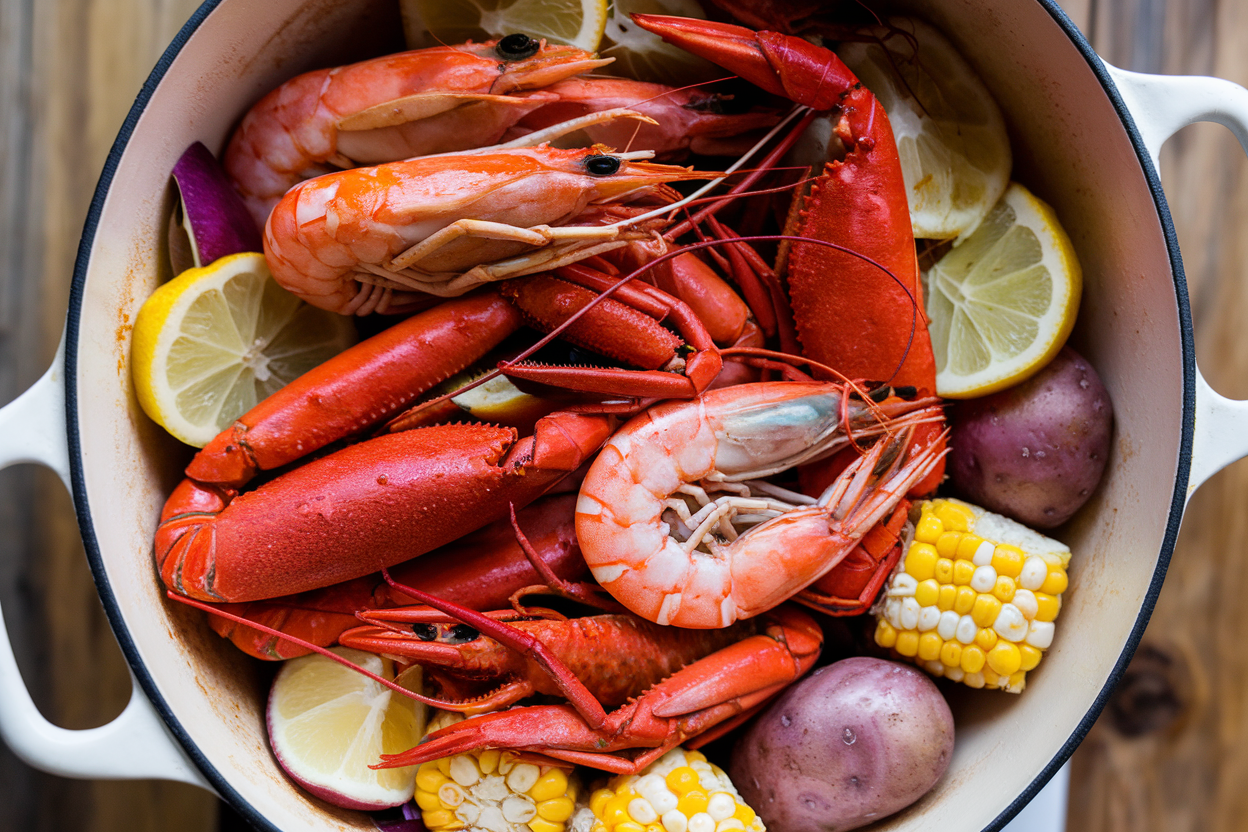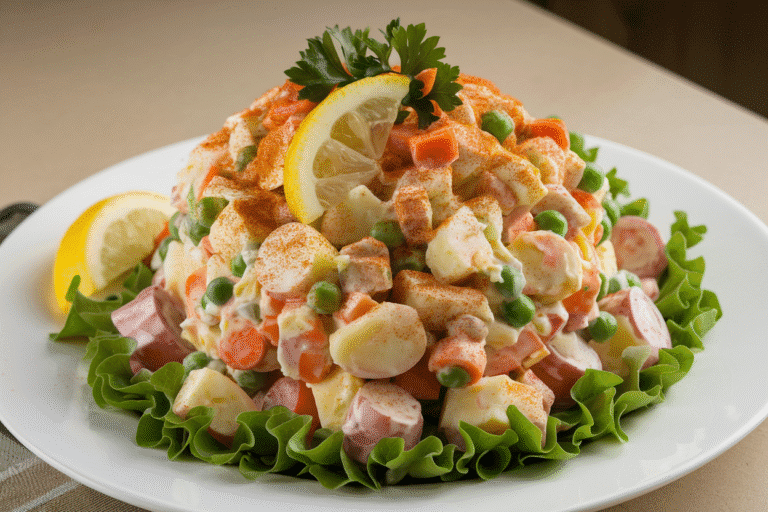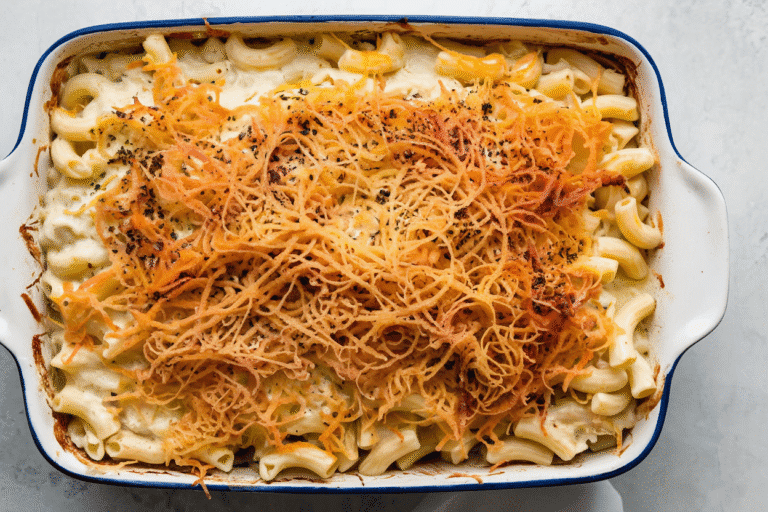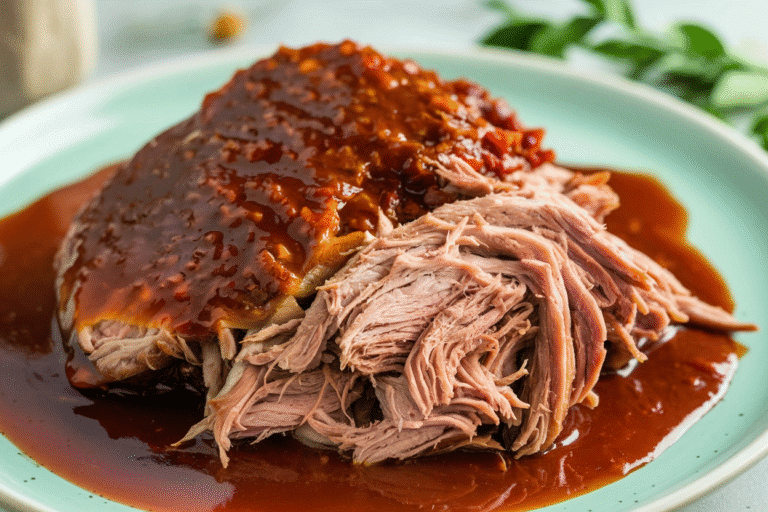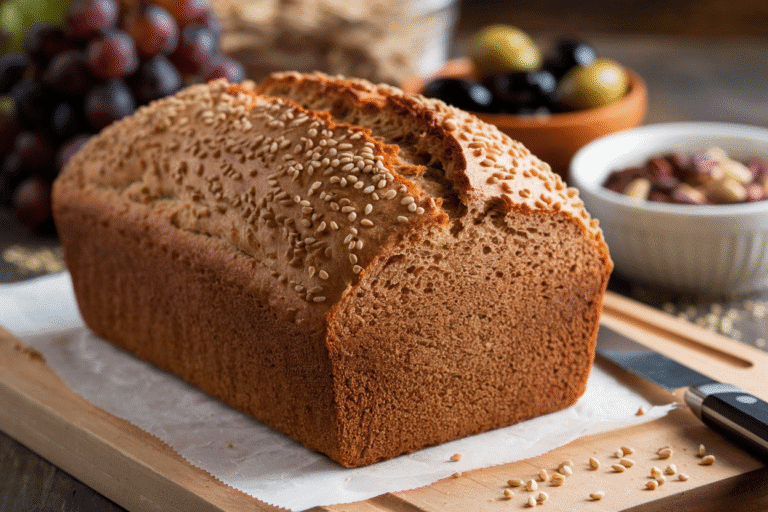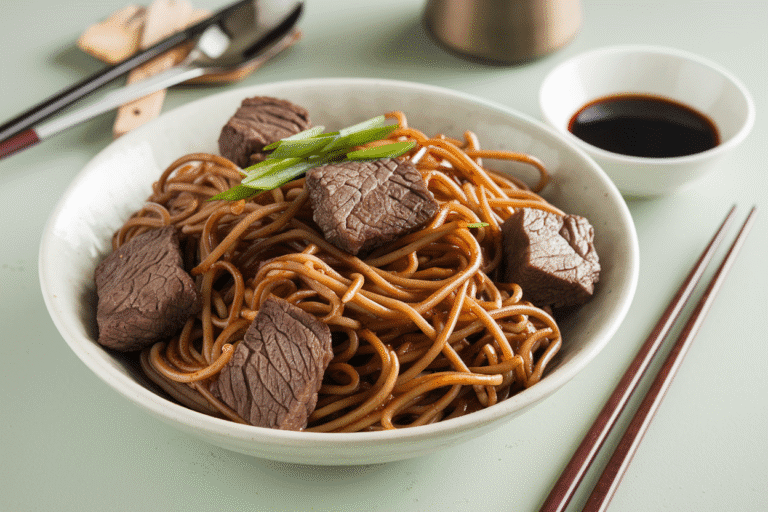The Only Seafood Boil Sauce Recipe You’ll Ever Need (It’s Ridiculously Good)
You know that saucy, buttery magic that turns a seafood boil from “pretty good” into “shut up and take my money”? This is it. It’s bold, garlicky, spicy in a way that wakes you up, and layered with flavor like a boss.
You can put it on shrimp, crab, corn, potatoes—honestly, you might want to drink it (don’t, but you’ll think about it). If you’ve been chasing that restaurant taste, this is the playbook.
The Secret Behind This Recipe
This sauce wins because it stacks flavor in waves. First, you build a rich base with butter and aromatics.
Then you hit it with Cajun spices, paprika, and lemon for zing. Finally, a little sweetness and umami round everything out so it’s not just “hot” but deep, complex, and addictive. The technique matters as much as the ingredients—slow toasting the spices wakes them up, and blooming the garlic (without burning it) keeps it sweet and fragrant.
Small details, massive payoff.
What Goes Into This Recipe – Ingredients
- 1 cup (2 sticks) unsalted butter
- 2 tablespoons olive oil (helps stabilize the butter)
- 10–12 cloves garlic, finely minced (or 1/4 cup pre-minced)
- 1 small shallot, finely chopped (optional but clutch)
- 2 tablespoons Cajun seasoning (use low-sodium if possible)
- 2 teaspoons paprika (sweet or half sweet/half smoked)
- 1 teaspoon Old Bay (classic seafood vibe)
- 1–2 teaspoons cayenne pepper (adjust to heat tolerance)
- 1 teaspoon black pepper, freshly ground
- 1 teaspoon onion powder
- 1 teaspoon mustard powder (optional but adds backbone)
- 1 tablespoon brown sugar or honey (balances the heat)
- 2 tablespoons fresh lemon juice (plus extra wedges to serve)
- Zest of 1 lemon (bright aroma)
- 1–2 teaspoons Worcestershire sauce
- 1/2 cup seafood stock or low-sodium chicken broth (or water)
- Fresh parsley, chopped (2 tablespoons)
- Salt to taste (start small; your seasonings may already be salty)
Instructions
- Melt and stabilize. In a medium saucepan over low heat, add olive oil and butter. Let it melt gently—no sizzling. You want glossy, not browned.
- Sweat the aromatics. Add shallot and cook 2–3 minutes until translucent.
Stir in garlic and cook 1–2 minutes until fragrant. If it starts browning, your heat’s too high—don’t sabotage the sauce.
- Bloom the spices. Sprinkle in Cajun seasoning, paprika, Old Bay, cayenne, black pepper, onion powder, and mustard powder. Stir constantly for 30–45 seconds to release the oils.
This is where flavor turns up to 11.
- Build the body. Add brown sugar (or honey), Worcestershire, lemon zest, and lemon juice. Stir well.
- Loosen and simmer. Pour in stock. Bring to a gentle simmer and cook 5–7 minutes, stirring occasionally.
The sauce should look velvety, not oily and separated.
- Finish fresh. Stir in chopped parsley. Taste and add salt if needed. Adjust heat with more cayenne or brightness with extra lemon.
- Serve like a pro. Ladle over hot seafood boil (shrimp, crab legs, crawfish, corn, potatoes, sausage), toss to coat, and serve extra on the side for dunking.
Napkins required.
Preservation Guide
- Short-term storage: Cool completely, then refrigerate in an airtight container for up to 5 days.
- Freezing: Freeze in small containers or silicone cubes for up to 2 months. Thaw overnight in the fridge.
- Reheating: Warm gently over low heat, adding a splash of stock or water to re-emulsify. Avoid microwaving on high—you’ll break the sauce and scorch the garlic.
- Make-ahead tip: Mix the dry spice blend in advance and store it in a jar.
On cook day, you’re basically 10 minutes from greatness.
Why This is Good for You
- Garlic power: Garlic brings antioxidants and potential heart benefits. Also, it tastes incredible—science agrees, probably.
- Lemon and parsley: Fresh citrus and herbs add vitamin C and chlorophyll-rich goodness. They also cut through the richness so you don’t feel wrecked after.
- Butter with brains: Butter delivers flavor and satiety.
Using olive oil with butter helps stabilize it during cooking—less chance of burning and weirdness.
- Customizable heat: You control the cayenne. Keep it mild for the kids, or go dragon-level for the spice addicts.
Don’t Make These Errors
- Burning the garlic. Bitter garlic ruins everything. Keep the heat low and stir constantly during the bloom phase.
- Skipping the stock. Straight butter sauces can feel heavy.
Stock lightens it and helps cling to seafood. Don’t be that person who forgets it.
- Over-salting early. Cajun seasoning and Old Bay already carry salt. Taste at the end, then adjust.
- Using margarine. No.
Just no. Flavor and emulsification suffer. Use real butter.
- Forgetting acidity. Lemon is not optional—it’s the high note.
Without it, the sauce is flat and sleepy.
Different Ways to Make This
- Garlic-bomb version: Double the garlic, add 1 teaspoon garlic powder at the bloom stage, and finish with microplaned raw garlic for a spicy kick. Vampires, beware.
- Smoky-sweet twist: Use smoked paprika, add 1 teaspoon maple syrup instead of brown sugar, and a dash of chipotle powder.
- Herb-forward: Finish with chopped dill, chives, and parsley. Swap lemon juice for a mix of lemon and white wine.
- Asian-inspired: Add 1 tablespoon soy sauce, 1 teaspoon fish sauce, and a little grated ginger.
Use lime instead of lemon. It slaps with shrimp.
- Lower-fat option: Replace half the butter with seafood stock and 1 tablespoon cornstarch whisked into cold stock. Simmer to thicken; finish with 1–2 tablespoons butter for flavor.
- Extra spicy: Stir in chili crisp or a splash of hot sauce at the end.
Proceed with caution (and milk nearby, IMO).
FAQ
Can I make this without butter?
Yes. Use 1/4 cup olive oil and 1/4 cup neutral oil to start, then thicken with a cornstarch slurry (1 teaspoon cornstarch mixed with 2 teaspoons cold stock). It won’t taste exactly the same, but it’s still a win.
What if I don’t have Cajun seasoning?
Mix 1 teaspoon each paprika and garlic powder, 1/2 teaspoon each onion powder, black pepper, dried thyme, and dried oregano, plus a pinch of cayenne and salt.
Boom—DIY Cajun.
How do I avoid the sauce separating?
Keep heat low, add stock slowly, and whisk as you go. If it breaks, take it off heat and whisk in a splash of warm stock. A few drops of lemon at the end can help tighten the emulsion.
Is this sauce only for seafood boils?
Nope.
It’s awesome on grilled corn, roasted potatoes, crab cakes, lobster tails, and even sautéed green beans. FYI: it’s a stealthy pasta sauce with shrimp, too.
How spicy is the base recipe?
Medium. If you’re sensitive, cut the cayenne in half and skip the Old Bay.
If you love heat, add hot sauce or more cayenne at the end so you can dial it in.
Can I use bottled lemon juice?
You can, but fresh lemon tastes cleaner and brighter. If you must use bottled, reduce the amount by 25% and add zest to compensate.
What’s the best way to serve it at the table?
Pour some over the boil and reserve a warm bowl on the side for dipping. Garnish with parsley and lemon wedges.
People will fight over the last spoonful—plan accordingly.
In Conclusion
This seafood boil sauce recipe delivers restaurant-level flavor with pantry-friendly ingredients and a simple technique. It’s garlicky, spicy, buttery, and smartly balanced with lemon and herbs. Keep a batch in the fridge, pull it out for any seafood situation, and watch everyone go quiet for a minute—always a good sign.
Make it once and it’s your new party trick.
